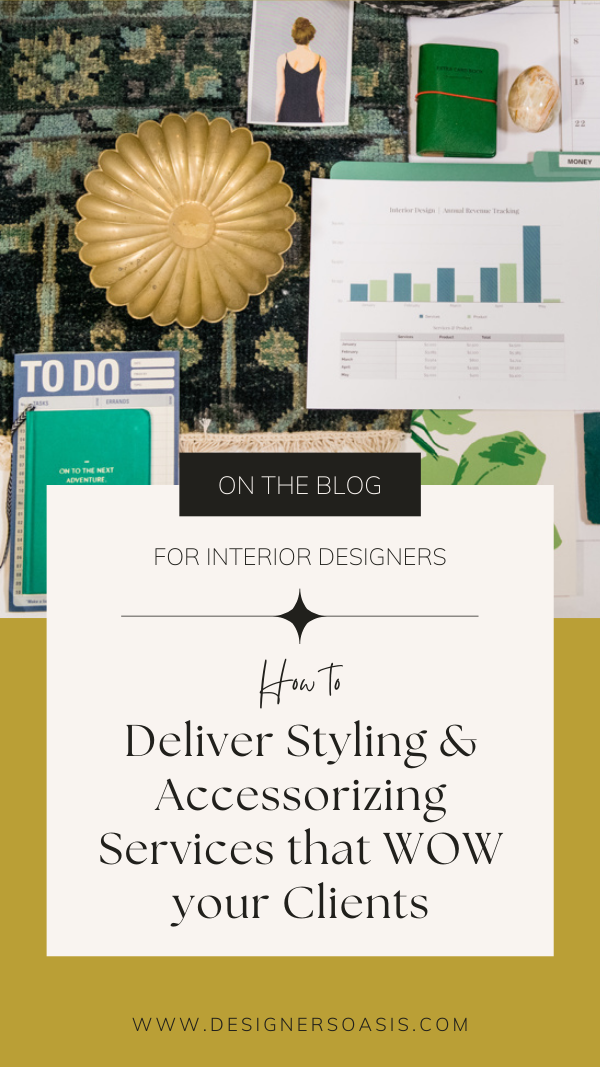How to Deliver Styling & Accessorizing Services that WOW your Clients
When the dust settles on your design & construction project it’s time for the finishing touches. This final layer is what gives a home soul and character. But so often, it can be an afterthought. We are usually so caught up in getting the big picture right, that we don’t take the time to talk with our clients about this final layer and how it can make a space sing. Beyond that, accessories can make up a large part of the budget. If you don’t have a process for planning and discussing with your clients, you may find yourself at the bargain store settling for less.
Most clients can’t appreciate the impact of the accessorizing layer until they see it in place. For this reason, I’m a proponent of offering clients a “shoppable” experience. During the design presentation, we only present a budget for accessories versus sourcing anything. We make it clear that the accessories budget is the minimum and that we will style the space(s) to the fullest extent. We then collect a retainer for the accessories budget.
When we are done, clients have the opportunity to see their space fully completed and can decide what they want to keep and what to return. (This is the only thing that is returnable). Most of the time, once they see the space fully developed, they want to keep most (if not all) of the items we have offered.
PRO TIP: Whenever we visit antique/thrift stores, we’ll often pick up one-of-a-kind items before we know where they will ultimately live. This gives us a small inventory of unique items we can source from whenever we need to. No, they aren’t returnable but we think it’s worth it and is okay with keeping them in inventory until they find a home.
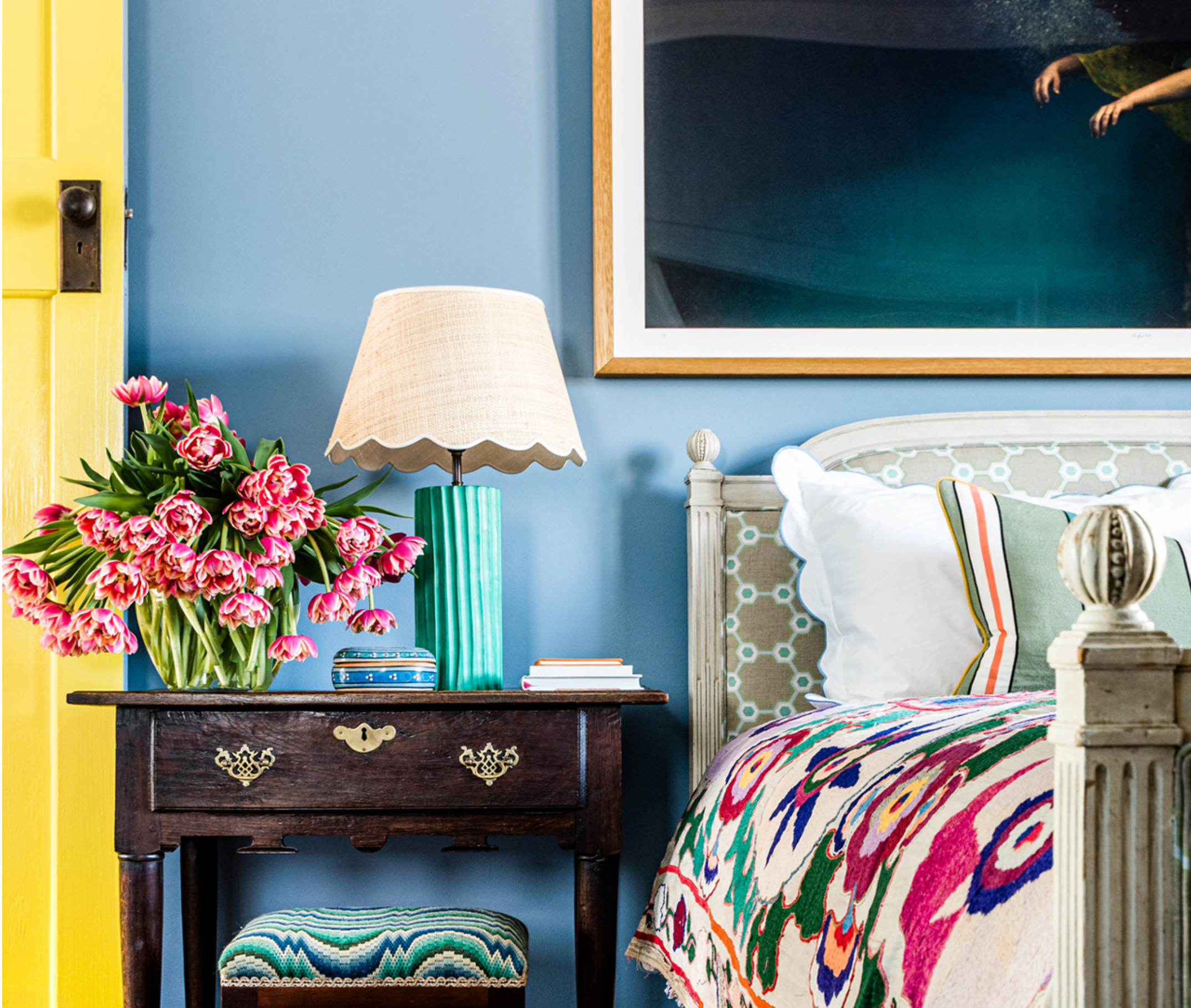
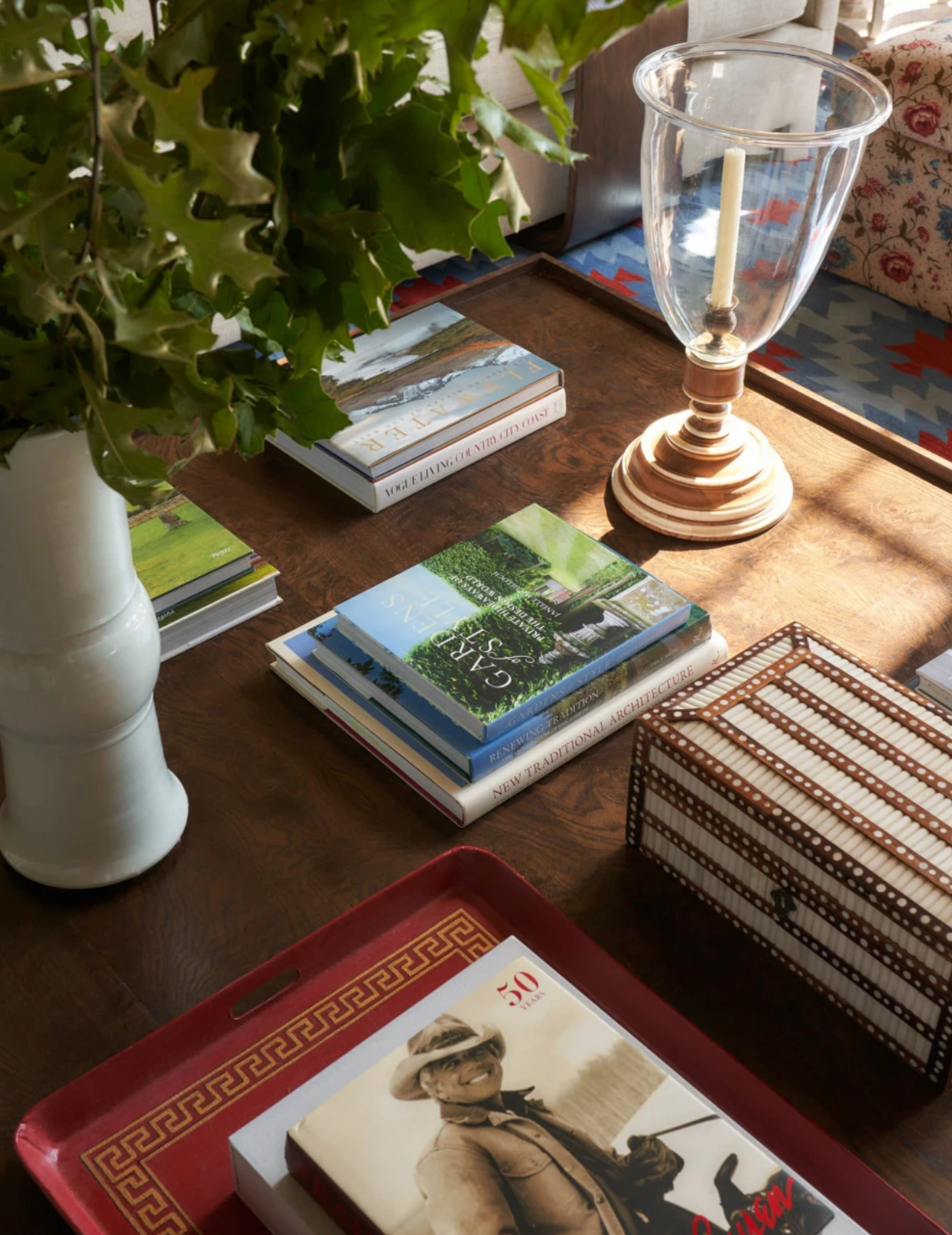

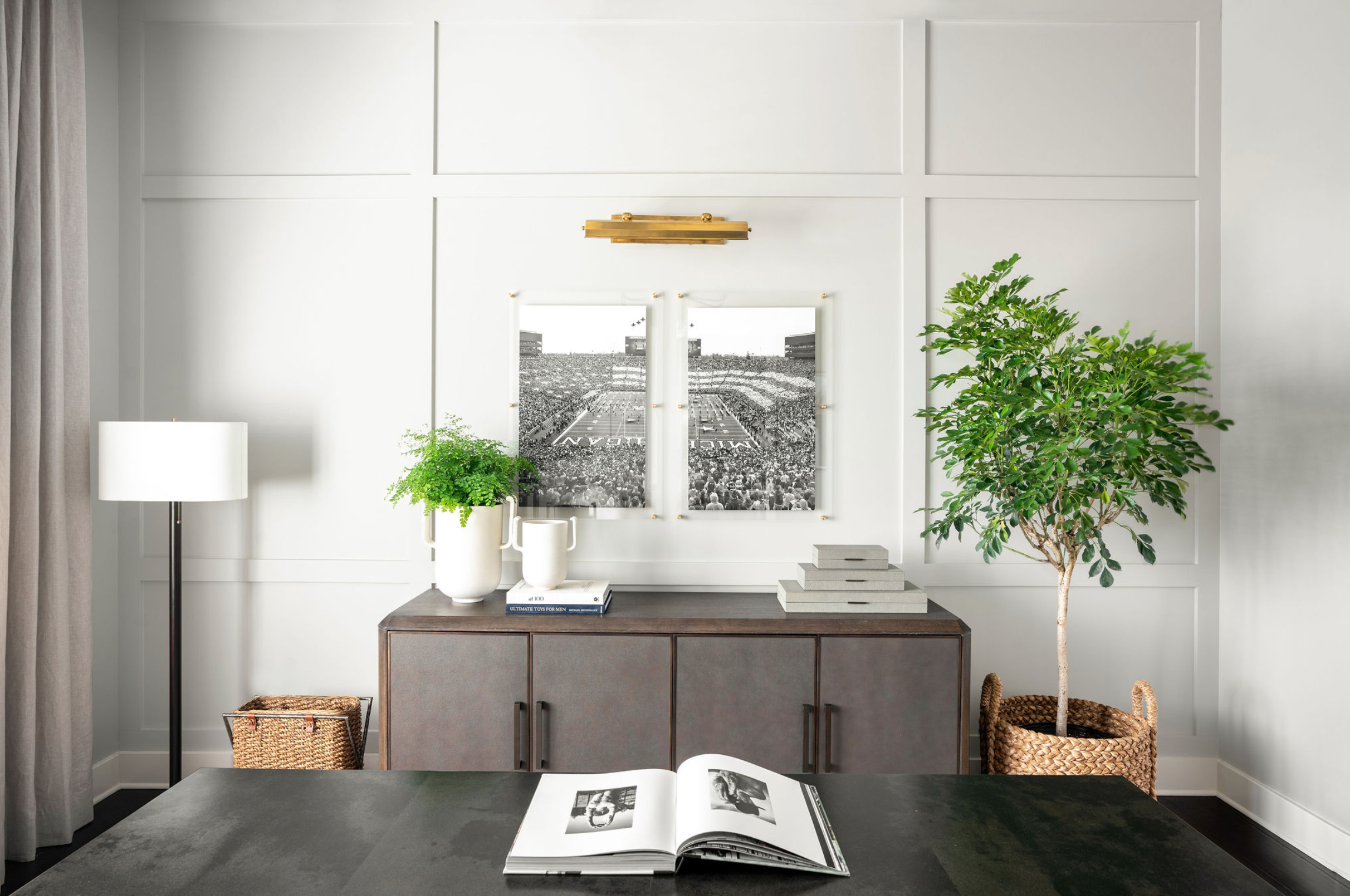
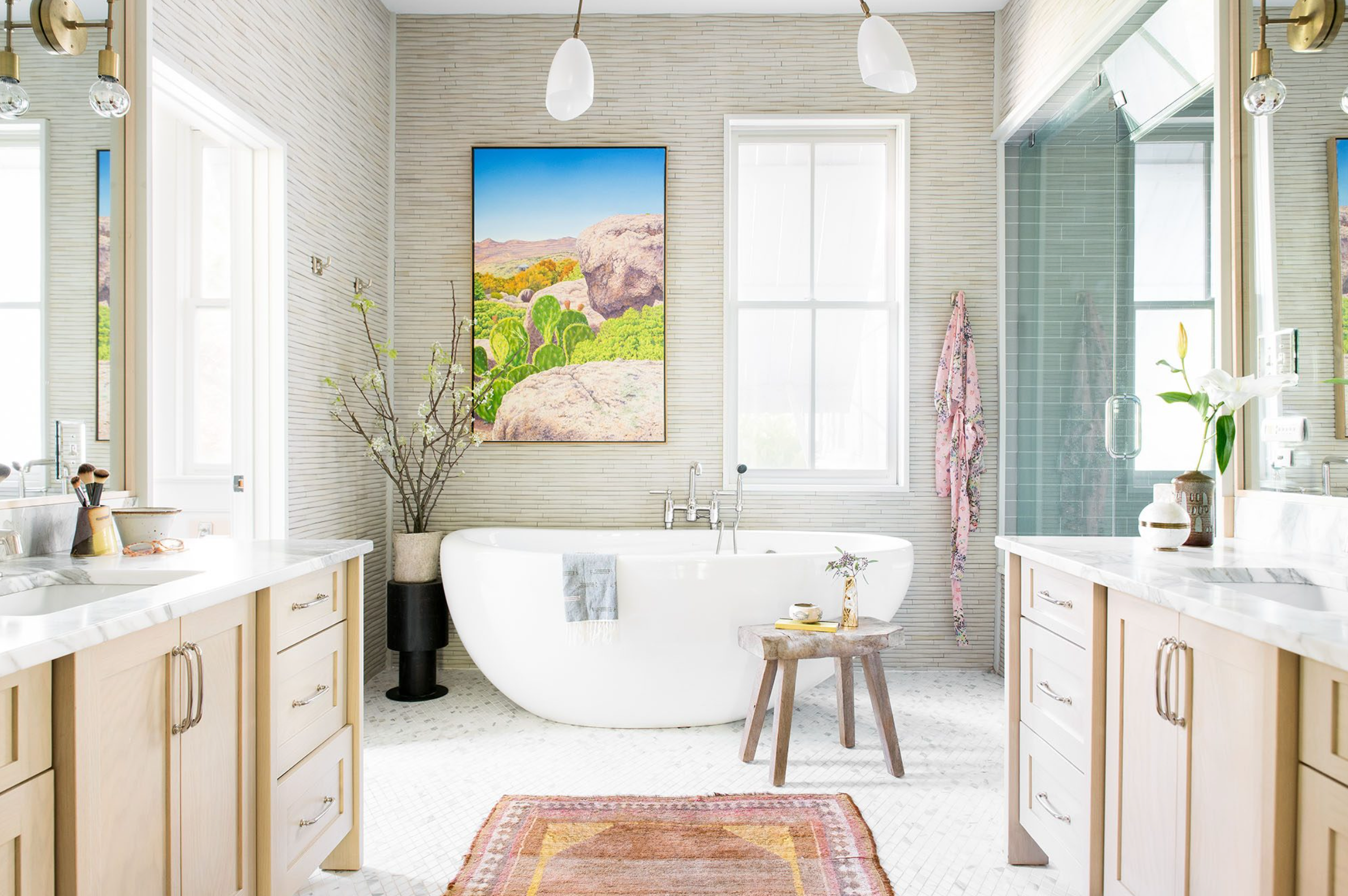
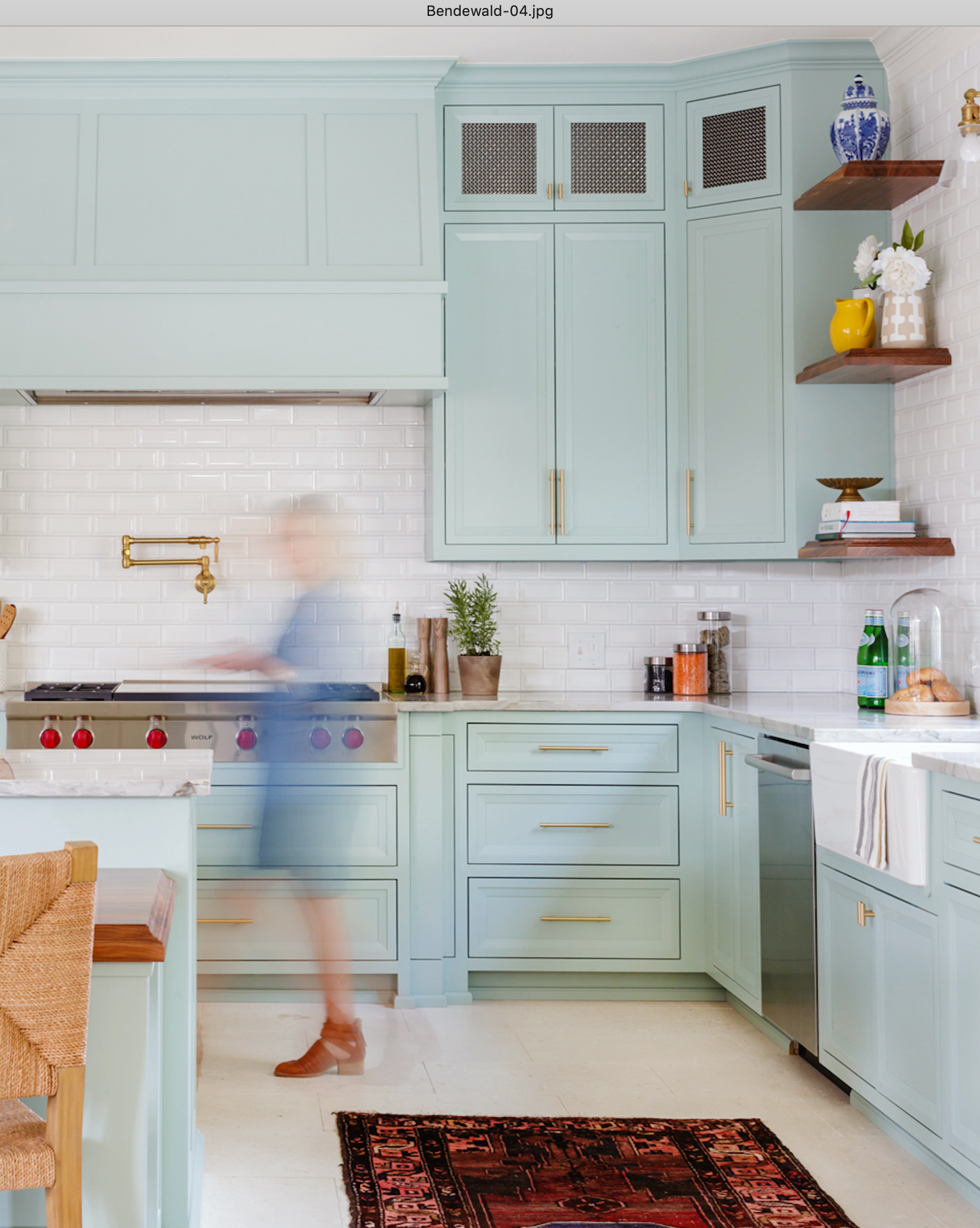
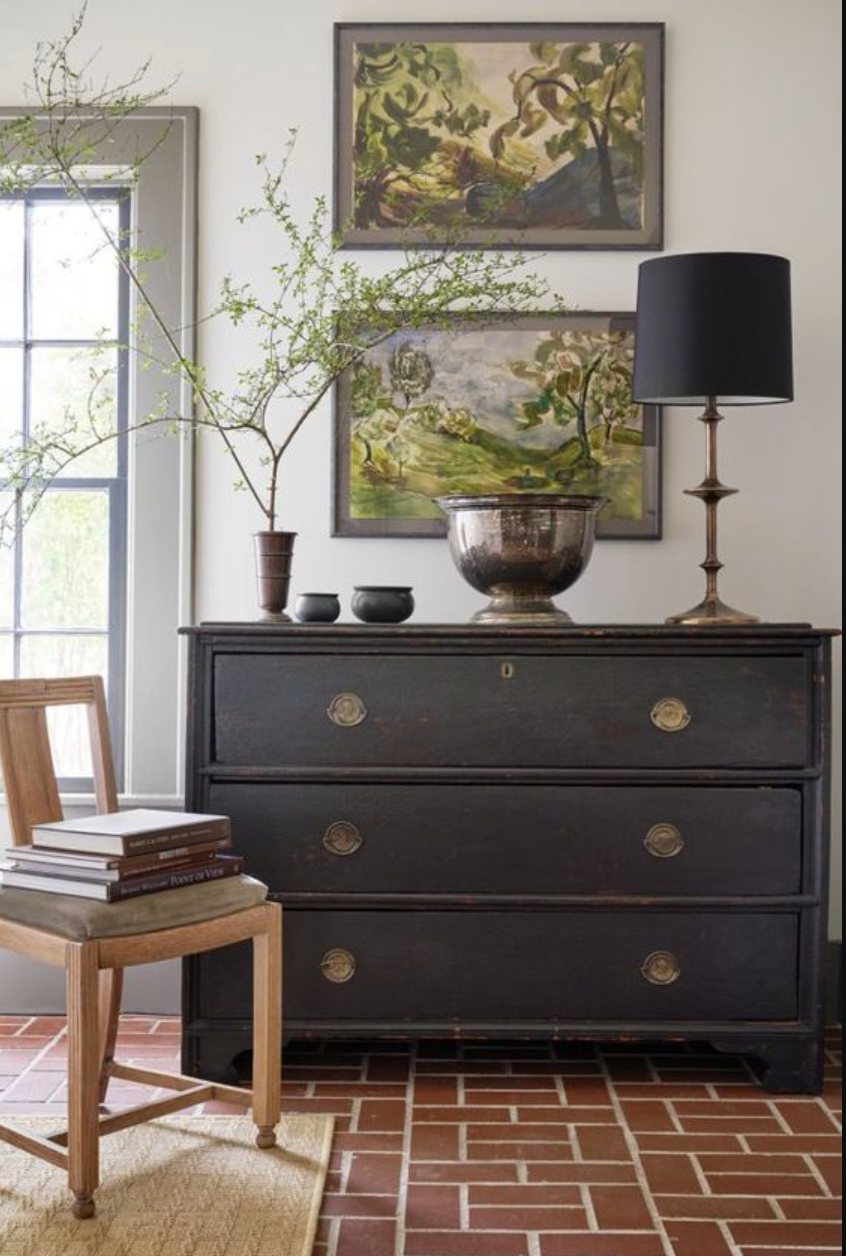
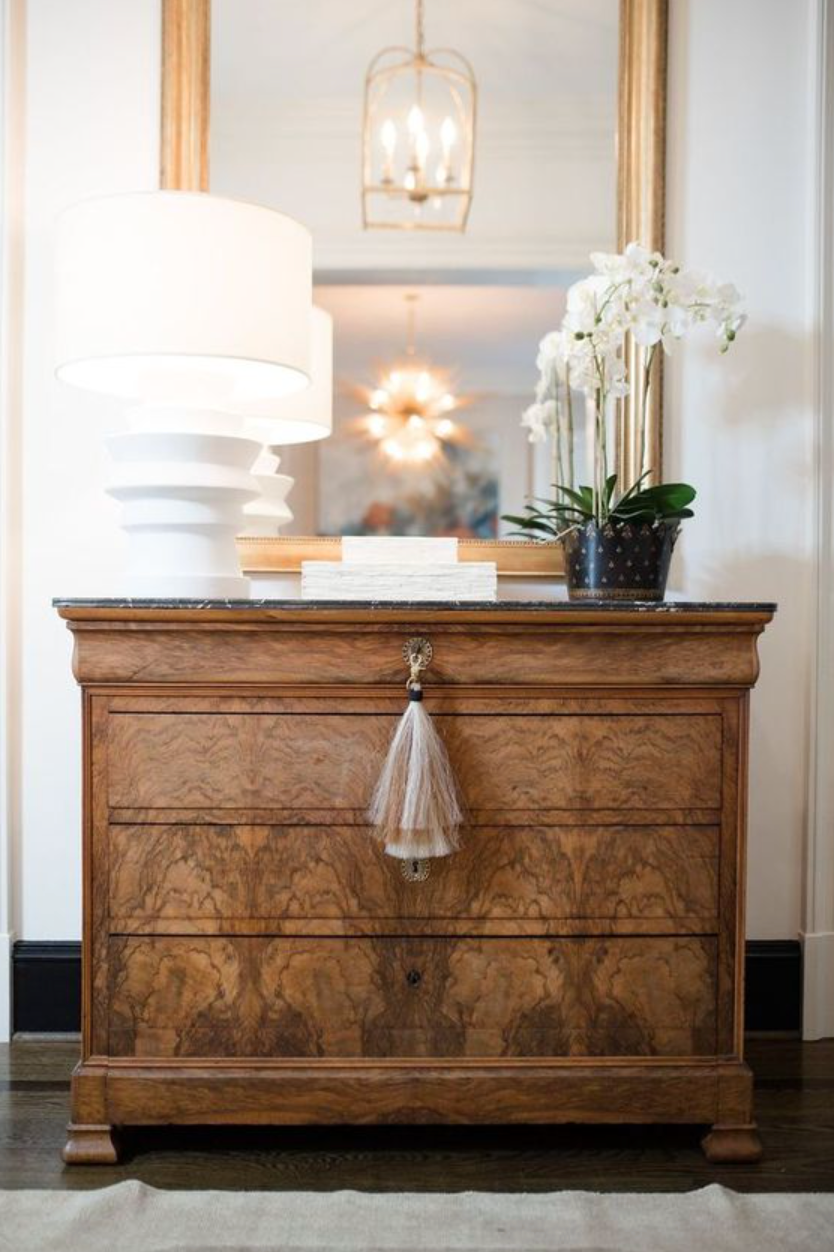
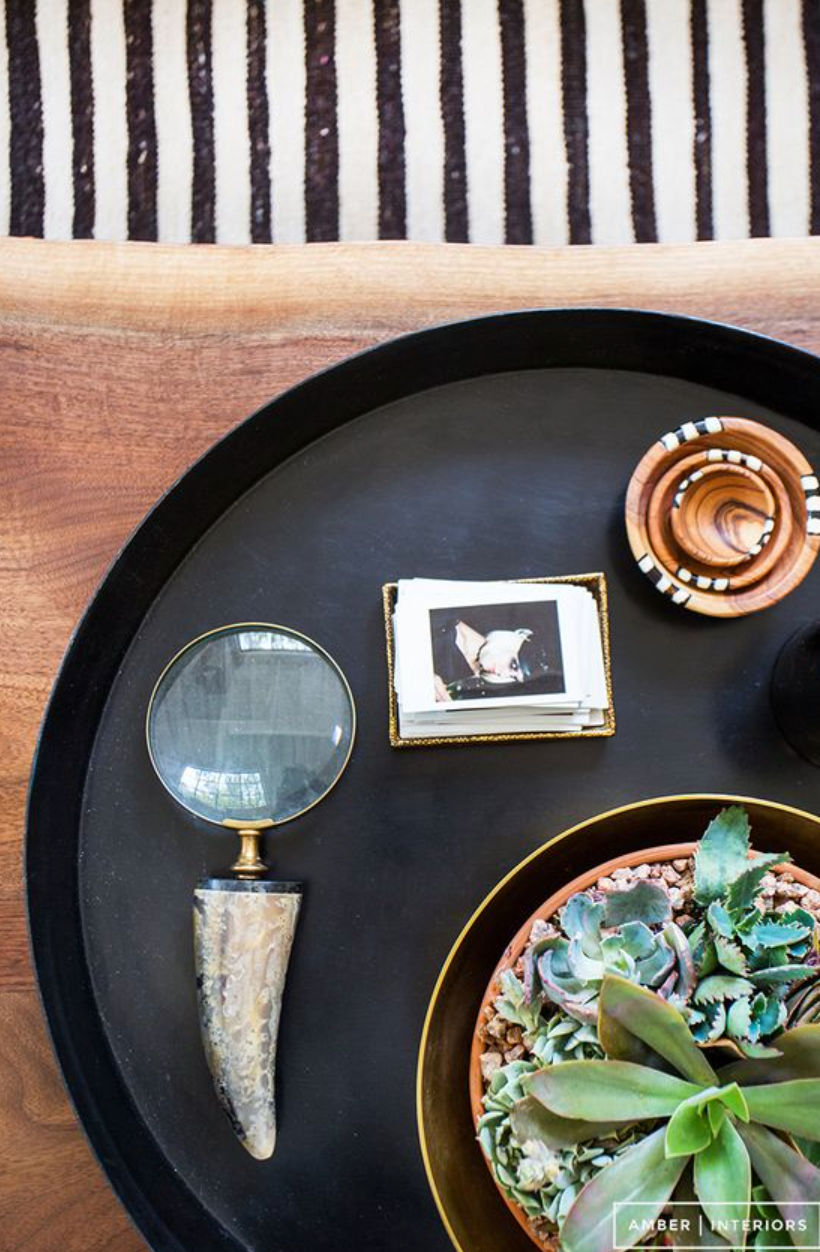
THE PROCESS
1-3 Weeks Before Install Day
Prepare a list. Evaluate all the shelves, tabletops, a seating that will need accessorizing. If you haven’t already, take inventory of what the client may already have that you might want to use. It’s important to ask the client what items are special that are important to include.
At KBID, we print out photos of the space and sketch out our ideas/plans. It’s pretty loose but helps us get a sense of how much we need to plan for.
Here is a list of the types of accessories we may be on the hunt for:
Trays
Bowls
Decorative objects
Books
Bookends
Plants (real & faux)
Decorative pillows & throws
Vases
Candles
Baskets/bins
Picture frames
Boxes
Urns
Cloches
For kitchen & bath
Fine oils & vinegar
Hand towels
Platters
Soaps
Herbs
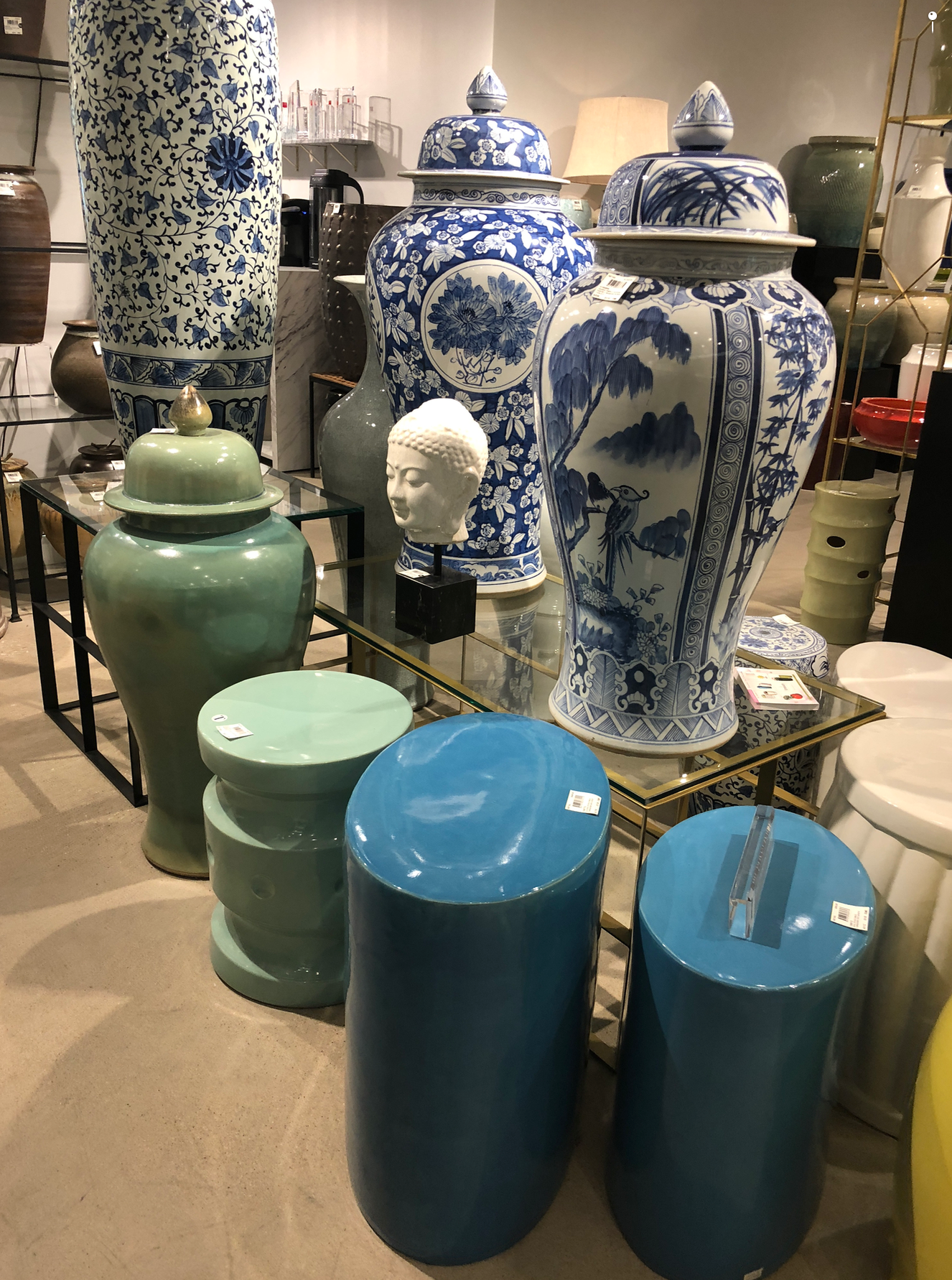
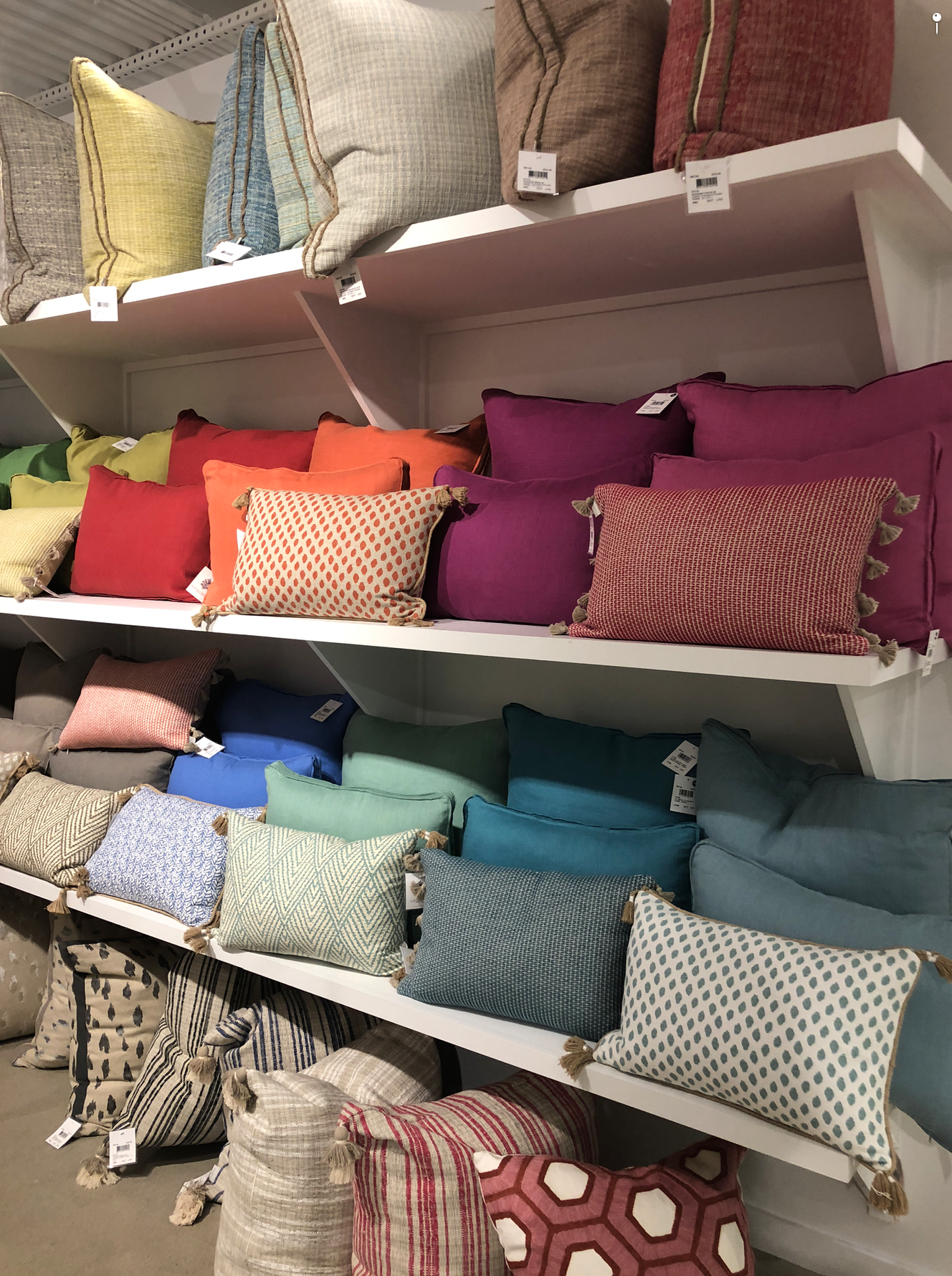
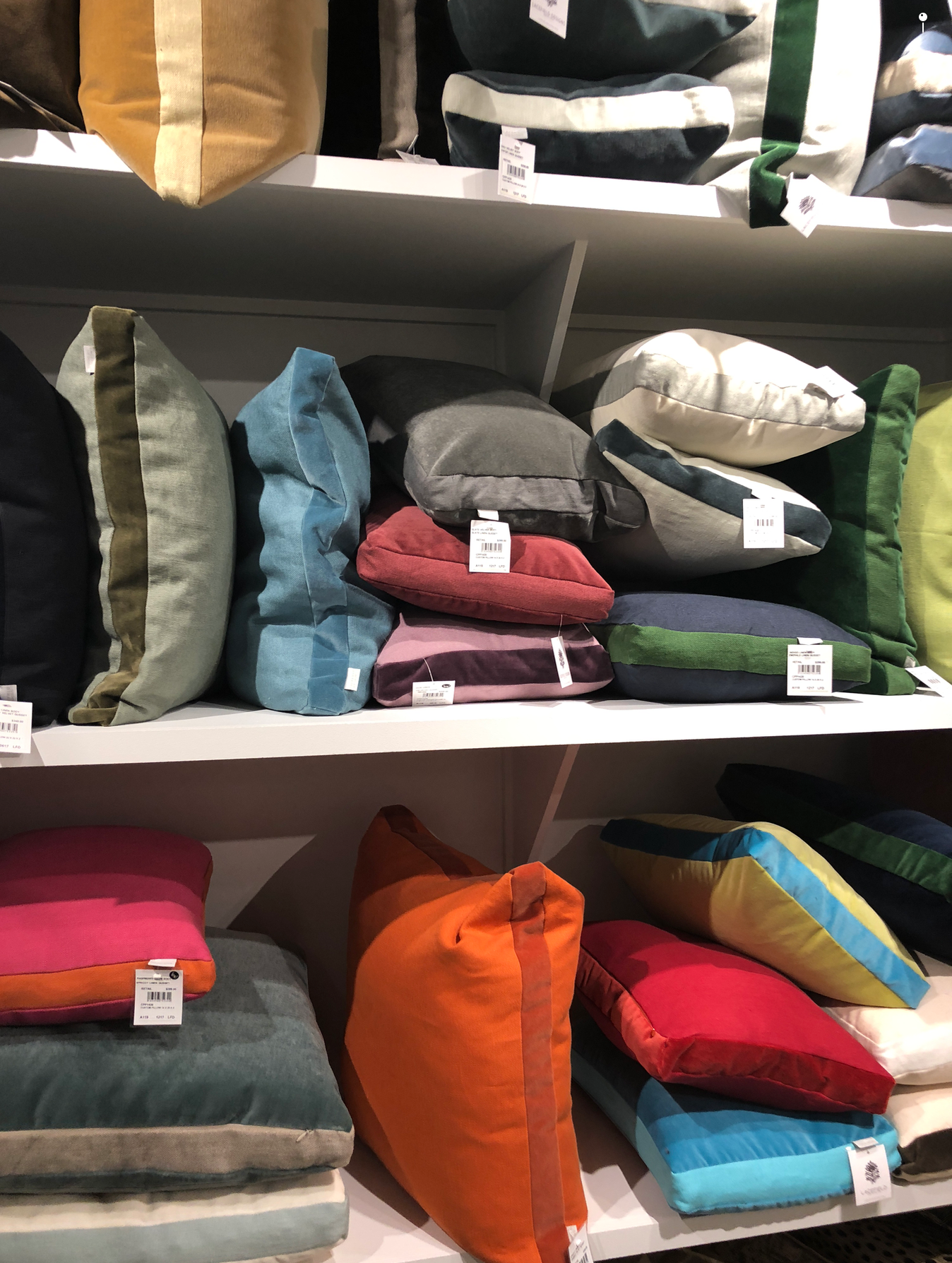
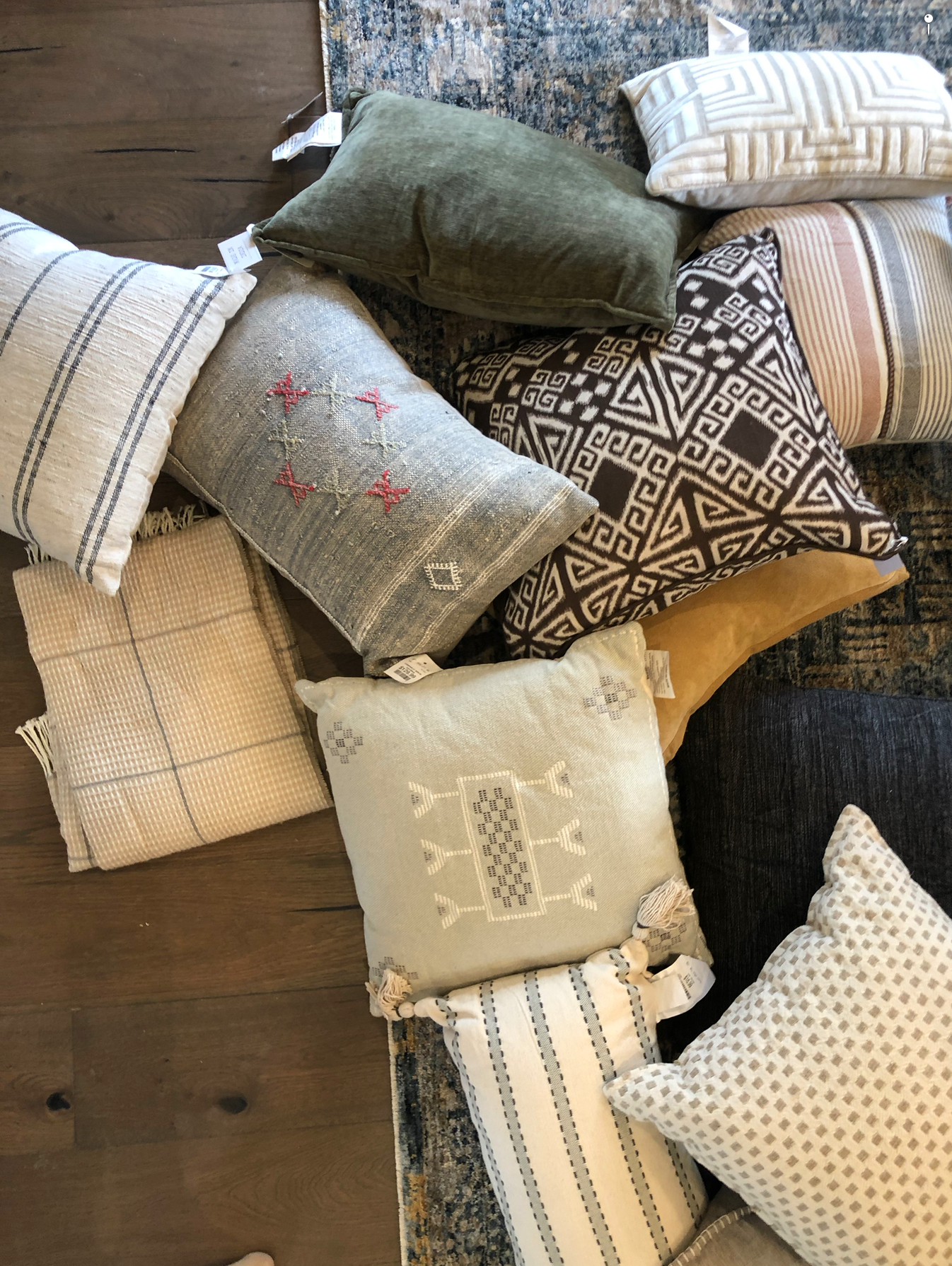

Once we have our list, we set outsourcing. Online provides endless options but we prefer to hit the streets. Antique and vintage stores offer one-of-a-kind and unique items so we usually start there. But we’ll also visit retailers to mix in modern elements as well.
We always overbuy. That’s on purpose. This allows us to play around with options. We usually end up returning some items in the end.
On install day, we decide what we’ll use. Check with your vendors but most retailers will accept returns without tags (although you should save them) as long as you have a receipt.
Once we’ve made our final selections, we’ll remove the tags and save them in a ziplock bag. We prepare a list of everything we are leaving for the client as a proposal. Clients have the opportunity to see everything in place and decide what to keep/return and how much items cost. We usually install on Fridays and ask the client to make their decisions by Monday upon when we will return to collect any items that will be returned (usually little to nothing). Finally, we will apply their retainer to the proposal and the client is responsible for paying the remaining balance for anything they choose to keep.
I hope this helps you develop a process that works for you and delights your clients. Happy sourcing & styling!

